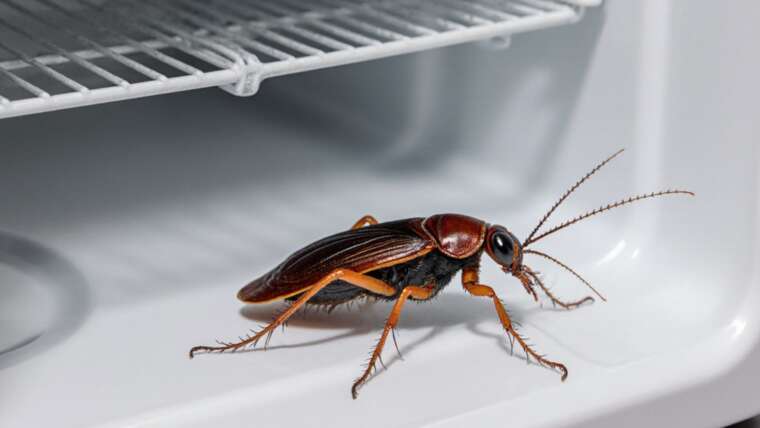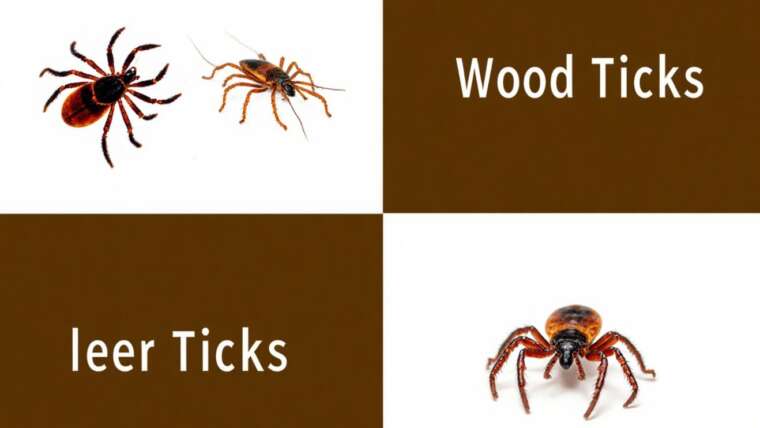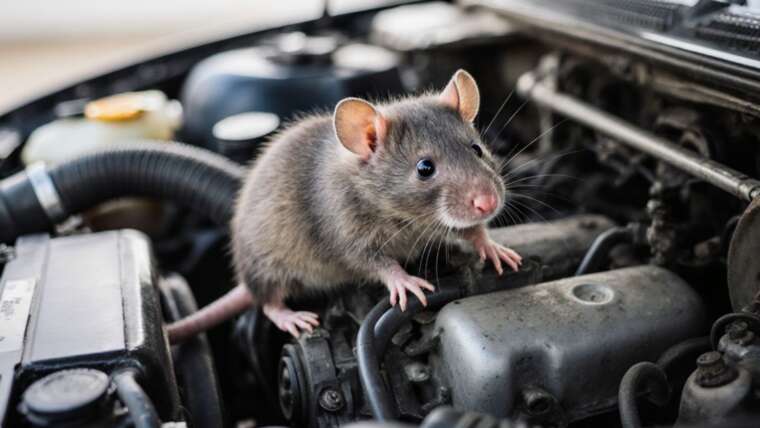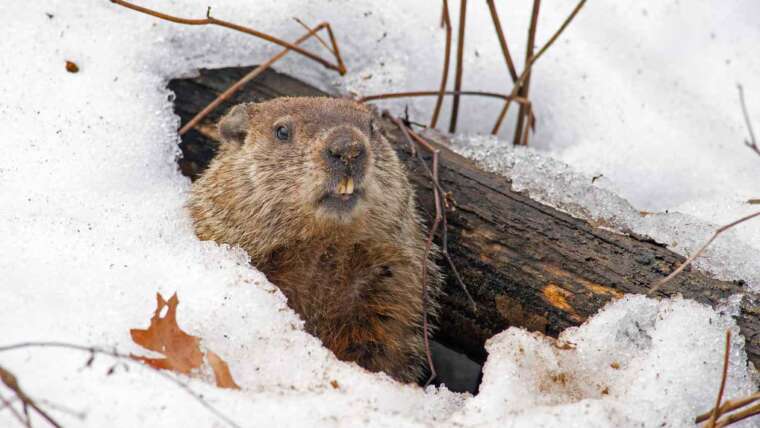Due to their small size, mice can infiltrate various nooks and crannies within your home, making them a common and unwelcome sight. You might find them lurking in your shower, nesting in furniture, or scrounging through kitchen cabinets and pantries. In fact, some homeowners have discovered mice munching on leftover dog food in pet bowls. If you’ve stumbled upon a mouse in your dog’s food bowl, you may wonder: Do mice eat dog food? Here are some dietary insights and tips that may help you keep mice at bay.
Does Dog Food Attract Mice?
In short, yes, dog food can attract mice and other rodents. To better understand this phenomenon, let’s delve into the typical mouse diet and their eating habits. Mice are omnivores and their menus consist of fats and proteins-rich foods, such as seeds, grains, and yes, even meat. They are opportunistic eaters, meaning they will consume a wide array of items if available. This includes grass, insects, and of course, any dog food left in bowls overnight.
Short Tip: To reduce the risk of attracting mice, consider storing dog food in airtight containers. This not only preserves freshness but also keeps rodent intruders at bay.
Food Contamination
When mice invade your food storage, they pose serious risks of contamination. According to the University of Florida Extension, mice can introduce contaminants up to ten times the amount of food they consume. This occurs through their fur, urine, and feces. Rodents, including mice, are known carriers of various pathogens that can lead to diseases such as plague, typhus, rabies, and bacterial food poisoning. They can taint food intended for humans, pets, and livestock alike, underscoring the importance of maintaining cleanliness and implementing effective preventive measures for public and veterinary health.
Unique Fact: A single mouse can leave behind 25,000 droppings in a single year, emphasizing the need for vigilance in food storage and sanitation.
Mouse Prevention
To reduce the likelihood of mice infiltrating your home and contaminating your food, prioritize cleaning up leftover food and crumbs both indoors and out. Mice require only 4 to 5 grams of food per day to survive; thus, even the tiniest crumbs can be sufficient to attract them. Intriguingly, mice are known to inhabit newly constructed homes before completion, often feasting on workers’ lunches. Picture the havoc they could wreak in a kitchen teeming with accessible food.
Tip: Regularly check less frequented areas, like under appliance corners and behind furniture, to eliminate hidden food sources.
Another critical aspect of mouse prevention involves sealing off any potential entry points around your home. Mice may measure only 5 to 7 inches in length, allowing them to squeeze through spaces as small as ¼ of an inch. When securing these openings, refrain from using materials susceptible to chewing, like plastic, wood, or rubber. Instead, using steel wool offers a sturdier barrier against these crafty intruders.
Short Fact: The most common entry points for mice include gaps around doors, windows, and utility lines. Focus particularly on plumbing penetrations, ventilation systems, and the foundation of your building for overlooked areas.
While these mouse prevention strategies are essential, remember that not every solution may be suitable for your specific property. An integrated pest management approach, employing multiple solutions, may be necessary to effectively eliminate and exclude rodent populations. Should you notice signs of mice in your dwelling, schedule an appointment with Terminix®. During your initial consultation, one of our trained technicians can tailor an effective strategy to your home. With professional guidance, both you and your pets can enjoy meals in peace.





